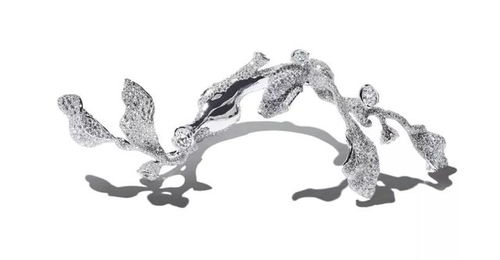Content:
Introduction: Fishing is a popular outdoor activity that offers relaxation, tranquility, and a sense of accomplishment. Whether you are a seasoned angler or a beginner, mastering the art of fishing can be both enjoyable and rewarding. One of the most crucial tools in fishing is the fishing rod, which can greatly enhance your chances of catching fish. In this article, we will discuss some essential fishing rod techniques for beginners to help you get started on your fishing journey.
Choosing the Right Fishing Rod The first step in mastering fishing techniques is selecting the appropriate fishing rod. Here are some factors to consider when choosing a fishing rod:

- Length: The length of the rod should be based on the type of fishing you plan to do. Longer rods are suitable for casting over long distances, while shorter rods are better for tight spaces.
- Action: The action of a rod refers to how it bends when pressure is applied. Fast-action rods are best for catching fish that are quick on the move, while slow-action rods are ideal for larger fish that require more control.
- Power: The power of a rod determines its strength and ability to handle fish. Light-power rods are suitable for small fish, while heavy-power rods are better for larger fish.
Attaching the Line to the Fishing Rod Once you have chosen the right fishing rod, it is time to attach the line. Here are the steps to follow:
- Cut the fishing line to the desired length, usually around 20 to 30 feet.
- Tie a basic knot, such as the improved clinch knot, to the end of the line.
- Attach the line to the rod's reel seat using a rod-reel knot, such as the Palomar knot or the Uni-knot.
- Secure the line to the rod's guides by sliding the line through each guide and wrapping it around the rod's ferrule.
Casting Techniques Casting is a fundamental skill that every angler should master. Here are some casting techniques for beginners:
- Hold the rod with both hands, keeping your elbow close to your body.
- Point the rod towards your target and begin to move it back, winding up your arm and wrist.
- As you reach the top of your casting motion, accelerate your wrist and arm forward to release the line.
- Practice different casting techniques, such as the overhead cast, sidearm cast, and roll cast, to become proficient.
Baiting Techniques Choosing the right bait is crucial for attracting fish. Here are some baiting techniques for beginners:
- Live bait: Use natural baits such as worms, crickets, or minnows. These baits are often more effective than artificial lures.
- Artificial lures: Choose lures that mimic the movement and appearance of fish prey. Popular options include spinners, crankbaits, and jigs.
- Attach the bait to the hook using a simple overhand knot or a bait-holder knot, ensuring that the bait is securely attached and not twisted.
Setting the Hook Once a fish takes the bait, it is important to set the hook quickly to ensure a successful catch. Here's how to do it:
- As the fish begins to pull on the line, reel in slowly to keep tension on the line.
- When you feel a sudden resistance or a "slop" in the line, it is likely that the fish has taken the bait.
- Immediately raise the rod to a 45-degree angle, and then sharply pull down and back with a quick, forceful motion to set the hook.
Playing and Landing the Fish Once the fish is hooked, it is time to play and land it. Here are some tips:
- Keep the rod tip up and the line taut to prevent the fish from escaping.
- Avoid reeling in too quickly, as this can cause the fish to become exhausted or break the line.
- When the fish is close to the shore, gradually lower the rod tip and guide the fish towards the boat or shore.
Conclusion: Mastering fishing techniques, especially for beginners, can seem daunting at first. However, by following these essential steps and practicing regularly, you will improve your skills and enjoy a more successful and enjoyable fishing experience. Remember to always prioritize safety, respect the environment, and practice ethical fishing practices. Happy fishing!












